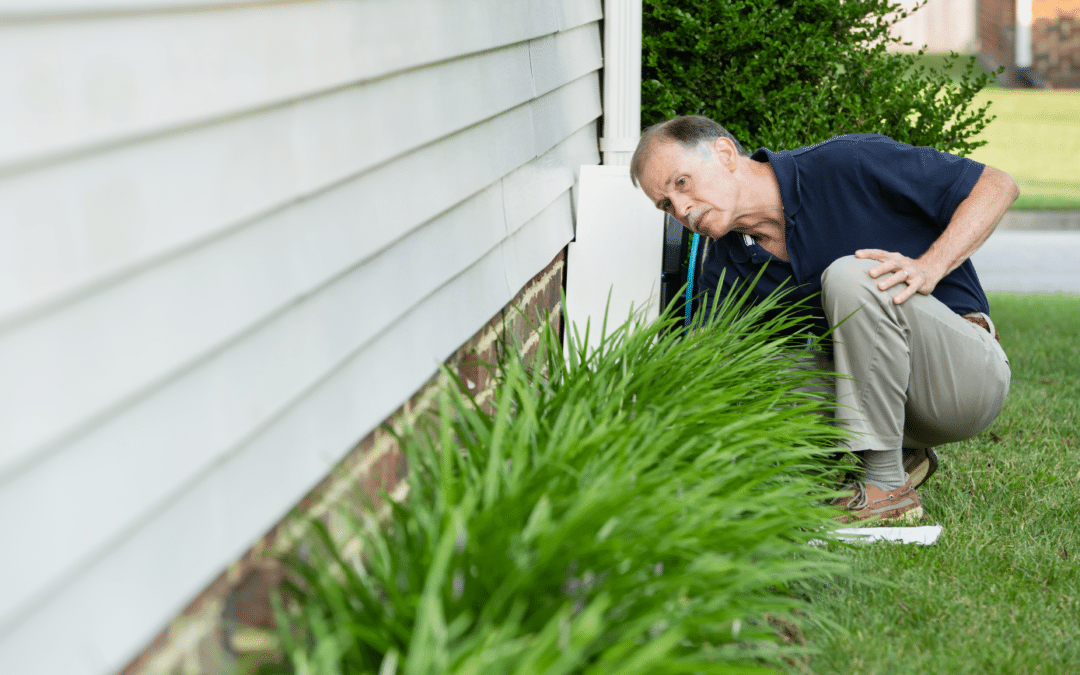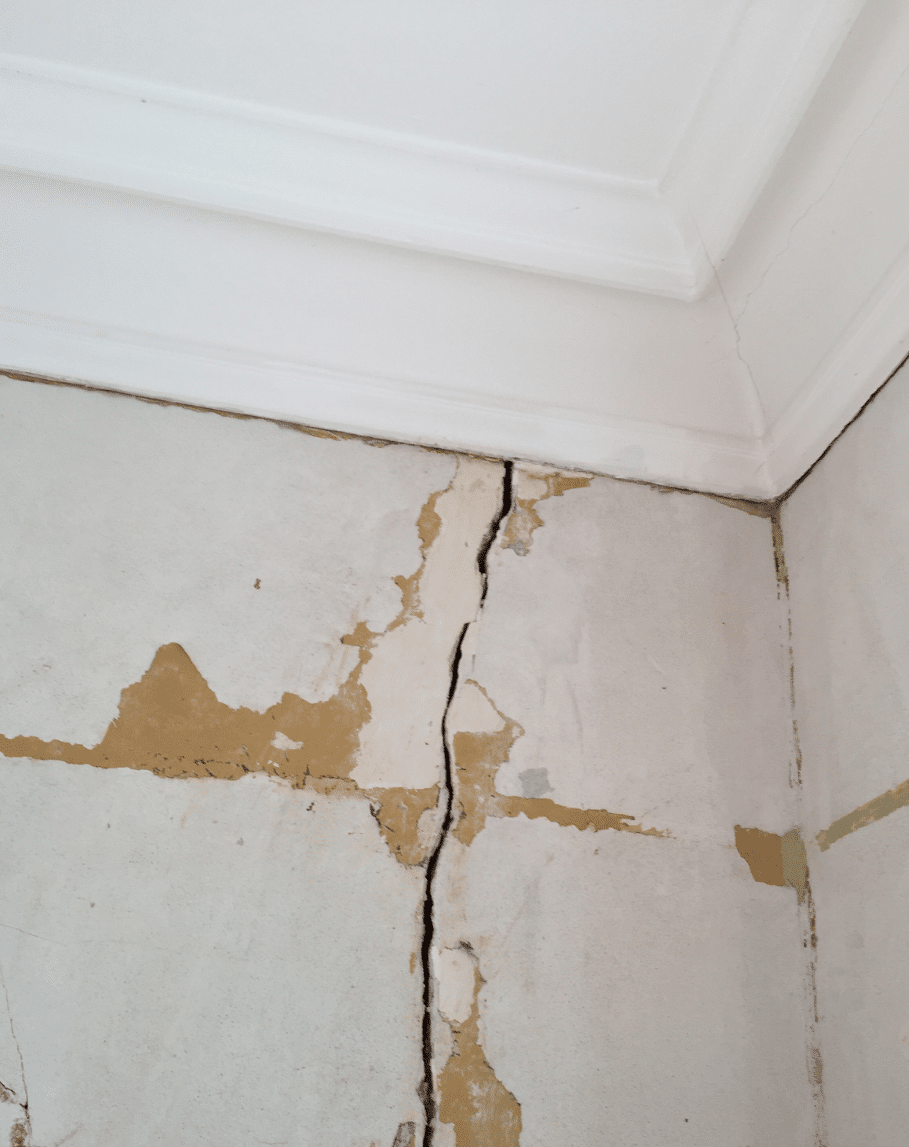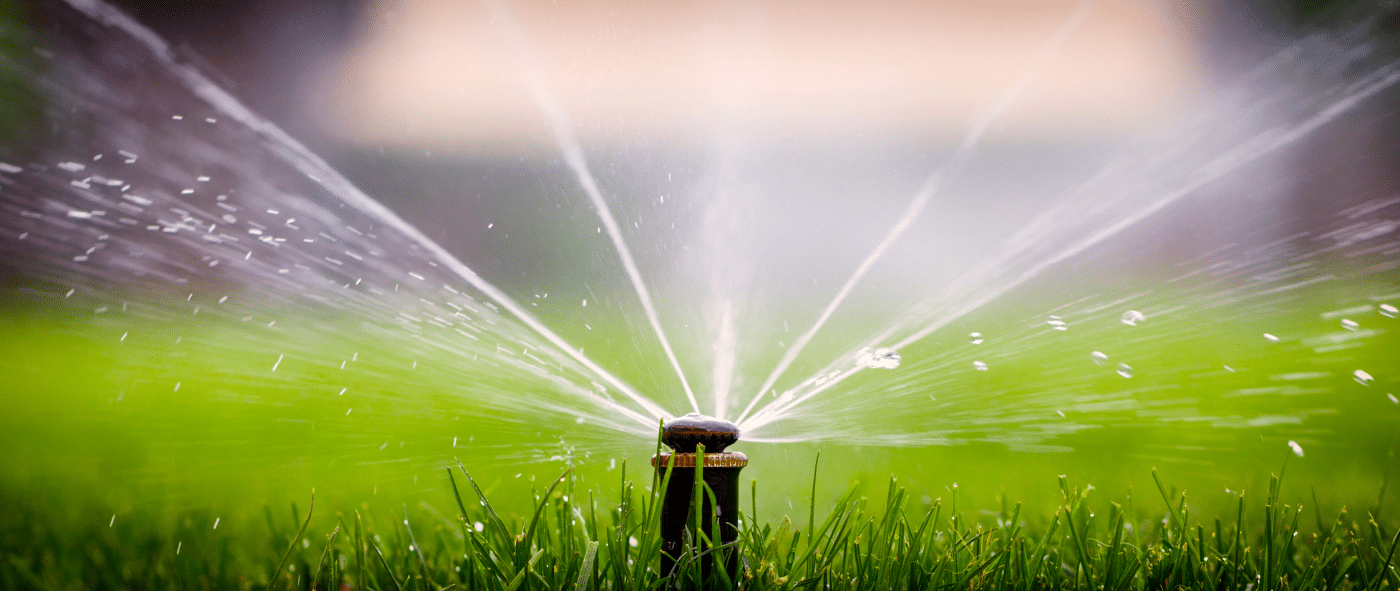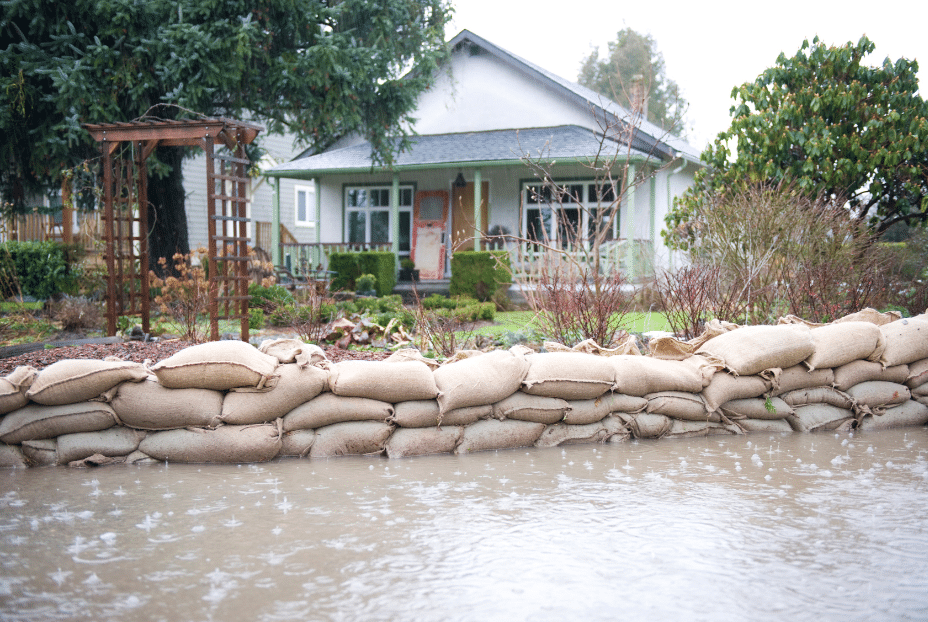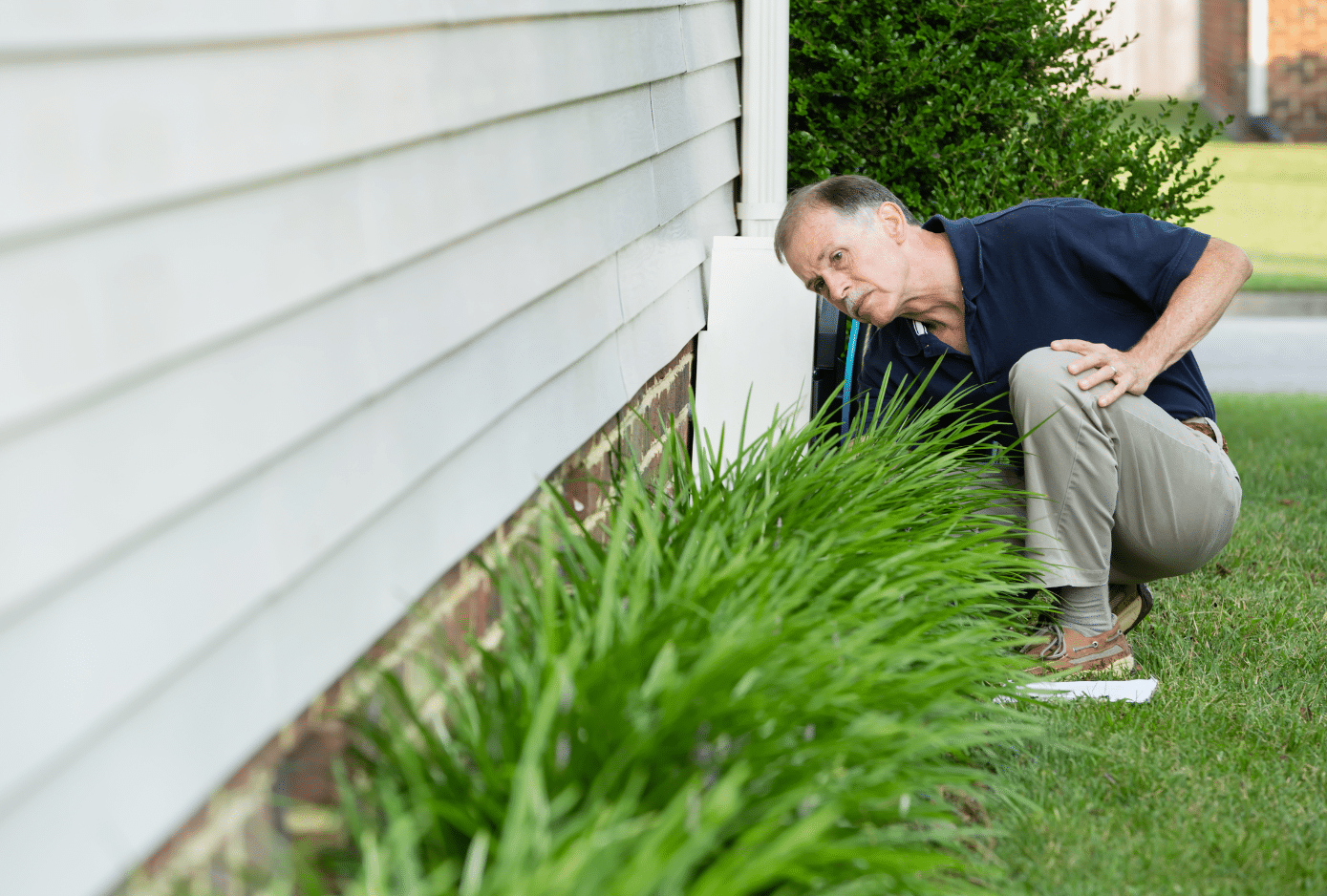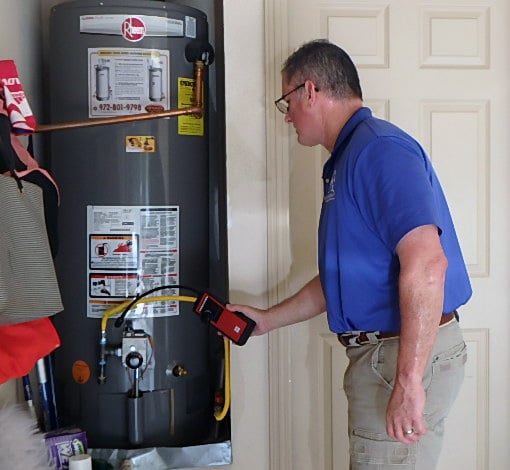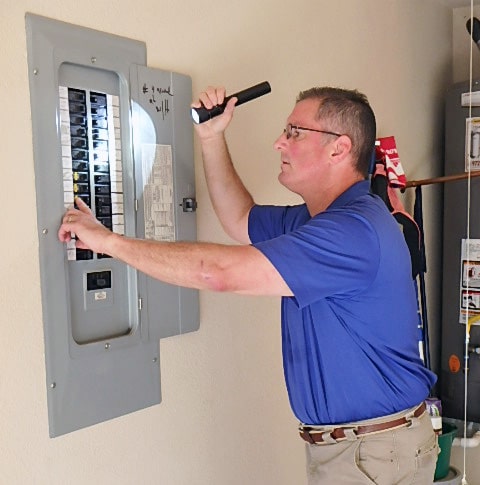Summers in Texas are infamous for their relentless heat. While many are familiar with the challenges of keeping cool, few realize the hidden costs this scorching season can bring to homeowners, particularly concerning their home’s foundation. Ignoring the implications of the Texas heat can be an expensive oversight. Here, we will delve into the ramifications of a prolonged hot summer on a home’s foundation and emphasize the importance of timely evaluations and foundation elevation measurements.
Soil Shrinkage: The Hidden Peril
One of the most significant impacts of the long Texas summers on homes is soil shrinkage. The region’s clay-heavy soil loses moisture rapidly in the heat, leading to contraction. As the soil contracts, it can pull away from the foundation, reducing the support and causing the foundation to settle unevenly. This can lead to:
- Cracks in Walls and Ceilings: As the foundation moves, the stress can cause visible cracks in walls, ceilings, and even floors. These are not just cosmetic issues; they can jeopardize the structural integrity of the house.
- Misaligned Doors and Windows: A shifting foundation can make doors and windows difficult to open or close, as their frames can become distorted.
- Plumbing Issues: As the foundation settles, it can place undue stress on plumbing lines, leading to leaks or even breaks.
Soil shrinkage is a critical issue that homeowners in Texas, particularly those with clay-heavy soil, need to be aware of and address. The long and scorching Texas summers can exacerbate this problem, and its consequences on homes are far-reaching. Here’s a more detailed look at the impact of soil shrinkage on homes:
- Foundation Damage: The foundation of a house is its most crucial structural component, providing support for the entire structure. When the clay-rich soil beneath a home loses moisture due to the intense summer heat, it shrinks. As this soil shrinks, it can create voids or gaps beneath the foundation, causing it to settle unevenly. This uneven settling can lead to foundation cracks, which, if left unaddressed, can compromise the structural integrity of the entire house.
- Structural Instability: Uneven settling of the foundation can lead to a host of structural problems. Walls may develop cracks, and doors and windows may become misaligned or difficult to open and close properly. These issues can extend to the upper levels of the house, affecting not just the foundation but also the entire structural stability of the home.
- Plumbing and Utilities: The shifting foundation can also impact plumbing and utility lines running through the house. As the foundation settles unevenly, it can cause pipes to bend or crack, leading to leaks and potential water damage. Similarly, electrical and gas lines may become compromised, posing serious safety hazards.
- Costly Repairs: Repairing the damage caused by soil shrinkage can be a costly endeavor. Foundation repairs often involve underpinning the foundation, which can require significant excavation and the installation of piers or supports to stabilize and level the foundation. Additionally, fixing structural damage, plumbing issues, and other related problems can add to the overall expense.
- Preventive Measures: Homeowners in Texas need to take proactive steps to mitigate the effects of soil shrinkage. These measures include proper moisture management, such as regular watering of the soil around the foundation during dry spells, as well as installing proper drainage systems to redirect water away from the foundation. Additionally, foundation inspections and maintenance are essential to catch issues early and prevent more extensive damage.
- Landscaping Considerations: Landscaping choices can also play a role in mitigating soil shrinkage. Planting trees and shrubs with extensive root systems can help stabilize the soil by reducing moisture loss and soil movement. However, it’s essential to strike a balance between landscaping and the proximity to the foundation to prevent root intrusion into the foundation.
The impact of soil shrinkage on homes in Texas, particularly during the long, hot summers, cannot be underestimated. It has the potential to cause severe damage to a home’s foundation and structural integrity, leading to costly repairs. Homeowners in the region should be aware of this issue and take proactive measures to address and prevent soil shrinkage to ensure the long-term stability and safety of their homes.
Increased Watering Costs
To combat the soil shrinkage, many homeowners increase their watering. While this can help maintain soil moisture, it can also spike the water bill, especially with water restrictions and rising costs. Addressing soil shrinkage through increased watering is a common strategy among homeowners in regions with clay-heavy soil like Texas. However, as you rightly pointed out, this approach comes with its own set of challenges and considerations:
- Increased Water Usage: Watering the soil to combat shrinkage can indeed maintain moisture levels and help prevent some of the issues associated with soil contraction. However, this typically involves using significant amounts of water, especially during hot and dry summers. This increase in water consumption can lead to substantially higher water bills.
- Water Restrictions: Many areas in Texas, and other drought-prone regions, often have water use restrictions in place, especially during the hottest months. These restrictions may limit the days or times when homeowners can water their lawns and gardens. Trying to combat soil shrinkage within these restrictions can be challenging, as it may not be possible to water as frequently or as long as needed.
- Rising Water Costs: Water is a finite resource, and in many places, the cost of water is on the rise. Increasing watering to combat soil shrinkage can significantly impact a household’s budget. Rising water costs can make this approach financially burdensome, prompting homeowners to seek alternative solutions.
- Environmental Impact: Excessive water usage, especially in arid regions like Texas, can have environmental consequences. Drawing water from local sources like rivers or aquifers can deplete these resources and harm local ecosystems. It’s important for homeowners to balance their desire to combat soil shrinkage with environmental responsibility.
Given these challenges, homeowners in regions with clay-heavy soil often explore alternative strategies to combat soil shrinkage more effectively and efficiently:
- Soil Amendments: Adding organic matter like compost to the soil can improve its structure and water-holding capacity. This can reduce the need for frequent watering and help combat soil shrinkage.
- Proper Drainage: Installing proper drainage systems around the foundation can help manage water runoff effectively, preventing excess moisture loss from the soil.
- Xeriscaping: Xeriscaping involves landscaping with drought-resistant plants that require less water. This can reduce the need for excessive watering while maintaining an attractive landscape.
- Foundation Maintenance: Regular inspections and maintenance of the home’s foundation can help identify and address issues caused by soil shrinkage early, potentially reducing the need for excessive watering.
- Smart Irrigation: Investing in smart irrigation systems that can be programmed to optimize water usage based on weather conditions and soil moisture levels can help save water and reduce bills.
While increased watering can be a short-term solution to combat soil shrinkage, it comes with its share of challenges, including higher water bills, restrictions, and environmental concerns. Homeowners in clay-heavy soil regions should consider a combination of strategies, including soil amendments, drainage solutions, and smart landscaping, to effectively manage soil moisture and reduce the need for excessive watering. This not only helps preserve the foundation and structure of the home but also promotes responsible water usage in water-scarce regions.
The Danger of Flash Floods
Following a dry spell, sudden heavy rains can lead to flash floods. When the soil is too dry, it cannot absorb water quickly, leading to rapid runoff. This runoff can erode the soil around a home’s foundation, creating uneven support and exacerbating settlement issues. Flash floods following a dry spell can pose significant risks to homes and their foundations. Here’s a more detailed exploration of this issue:
- Dry Soil’s Limited Absorption: During a dry spell, the soil around homes in regions with clay-heavy soil, like Texas, tends to become extremely dry and compacted. This dryness restricts the soil’s ability to absorb water quickly when heavy rains occur. Instead of soaking into the ground, the rainwater forms surface runoff.
- Rapid Runoff: Flash floods are characterized by intense, heavy rainfall over a short period. When this torrential rainwater encounters dry, compacted soil, it runs off rapidly, creating streams of water that can quickly accumulate around a home’s foundation.
- Erosion Risk: As the runoff flows across the ground, it has the potential to erode the soil around the foundation. This erosion can remove the support that the foundation needs to remain stable and even. Over time, the eroded areas may create depressions or uneven surfaces, which can further exacerbate settlement issues.
- Foundation Vulnerability: Uneven support caused by erosion and soil displacement can significantly compromise a home’s foundation. If one part of the foundation settles more than another, it can lead to cracks, tilting, or sinking. These issues can impact the structural integrity of the entire house.
- Basement and Crawlspace Concerns: Flash floods can also pose problems for homes with basements or crawlspaces. The excess water can infiltrate these areas, potentially leading to flooding, water damage, and mold growth.
To mitigate the risks associated with flash floods and their impact on a home’s foundation, homeowners should consider the following measures:
- Proper Grading: Ensure that the land around your home is properly graded to direct water away from the foundation. This can help prevent excessive water accumulation near the foundation during heavy rains.
- Gutters and Downspouts: Install and maintain gutters and downspouts to direct rainwater away from the foundation. Make sure they are clear of debris and functioning correctly.
- French Drains: French drains are underground drainage systems designed to channel water away from critical areas like foundations. Installing a French drain can be an effective way to manage excessive runoff.
- Sump Pump: If your home has a basement, consider installing a sump pump. It can help remove water that enters the basement during heavy rains, preventing flooding.
- Foundation Waterproofing: Apply waterproofing materials to the exterior of the foundation to create a barrier against water infiltration.
- Landscaping Choices: Carefully choose landscaping materials and plants that can absorb water and reduce runoff. These can include gravel beds, permeable paving, and water-absorbing plants.
- Regular Inspections: Periodically inspect the foundation for signs of damage or settlement. Catching issues early can prevent them from worsening over time.
Flash floods following dry spells can have detrimental effects on a home’s foundation, particularly in areas with clay-heavy soil. Implementing proactive measures to manage water runoff and protect the foundation is essential for homeowners in such regions to maintain the stability and structural integrity of their homes.
Foundation Elevation Measurements: An Essential Tool
With the potential risks to a home’s foundation during Texas summers, regular evaluations become crucial. One of the most effective tools in assessing the health of a foundation is foundation elevation measurements. By measuring the elevation at various points around the home, experts can identify areas where the foundation might be settling. These measurements can pinpoint problem areas before they become visibly evident, allowing homeowners to address issues proactively. Rregular evaluations and maintenance are essential for preserving the integrity of a home’s foundation in Texas, especially during the challenging summer months. Foundation elevation measurements are indeed a valuable tool in this regard. Here’s a more detailed look at their significance:
- Proactive Problem Identification: Foundation elevation measurements are a proactive means of identifying potential issues with a home’s foundation before they become visually apparent. While some foundation problems may eventually manifest as cracks or uneven floors, taking elevation measurements can catch problems early when they are easier and less costly to address.
- Quantitative Assessment: Foundation elevation measurements provide quantitative data about the levelness and stability of a home’s foundation. By measuring the elevation at various points around the house, experts can create a comprehensive profile of the foundation’s condition. This data is valuable for assessing the severity of any settlement or unevenness and for planning appropriate remediation measures.
- Understanding Settlement Patterns: These measurements can also reveal the pattern of settlement or movement in the foundation. For instance, they can indicate if one side of the house is settling more than another, which can be crucial information for targeted repairs.
- Verification of Repairs: Foundation elevation measurements are not only used for initial assessments but also for verifying the effectiveness of any foundation repair work. After repairs are completed, measurements can confirm that the foundation has been restored to its proper level.
- Informed Decision-Making: Armed with foundation elevation measurements, homeowners can make informed decisions about necessary repairs or maintenance. This data allows them to prioritize and budget for foundation work, ensuring that they address the most critical areas first.
- Structural Integrity: A stable foundation is essential for the overall structural integrity of the home. Foundation problems left unaddressed can lead to more significant issues, including damage to walls, ceilings, and other structural elements. Regular measurements help maintain the home’s safety and longevity.
- Foundation Health Over Time: Over time, trends in foundation elevation measurements can be established. This longitudinal data can help homeowners and experts understand how the foundation is aging and whether specific areas require ongoing attention.
To effectively use foundation elevation measurements for the health of a home’s foundation, homeowners should consider the following:
- Professional Assessment: It’s advisable to have foundation elevation measurements conducted by experienced professionals who use specialized equipment for accuracy.
- Regular Schedule: Establish a regular schedule for these measurements, particularly in regions with extreme weather conditions like Texas. Annual or bi-annual evaluations are often recommended.
- Documentation: Maintain records of elevation measurements over time. This documentation can serve as a valuable reference for tracking changes in the foundation’s condition.
Foundation elevation measurements are a crucial tool for assessing and maintaining the health of a home’s foundation in Texas. By identifying settling or unevenness early, homeowners can take proactive steps to address issues, ensuring the long-term stability and safety of their homes.
The Importance of Timely Evaluations
A foundation evaluation isn’t just about checking for cracks. A comprehensive assessment considers the moisture content of the soil, the integrity of the foundation itself, and any potential drainage issues. Identifying and addressing these issues early can save homeowners thousands of dollars in repairs.
For example, early detection of a minor crack can lead to a relatively inexpensive repair. Left unchecked, that same crack can widen, leading to significant structural issues and requiring extensive, costly repairs.
While the long, hot Texas summers may be a hallmark of life in the Lone Star State, homeowners should be vigilant about their hidden costs. The impact of the heat on a home’s foundation can lead to expensive repairs and even compromise the safety of the structure. By investing in regular foundation evaluations and utilizing foundation elevation measurements, homeowners can ensure their home remains safe and sound, regardless of the temperature outside.

